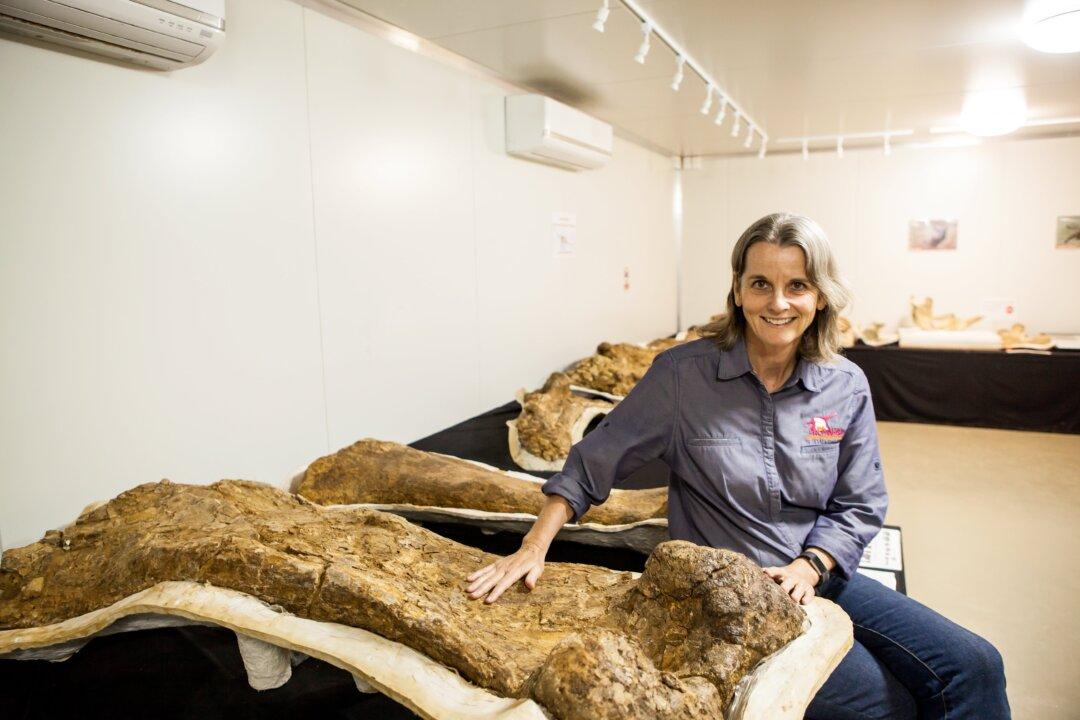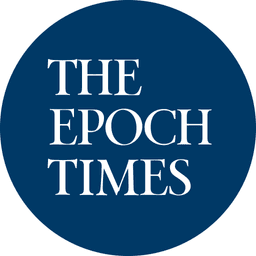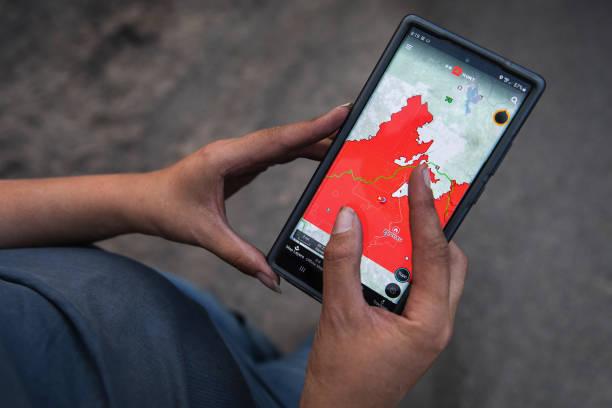After 14 years of excavation, palaeontologists have officially confirmed that titan sized dinosaurs once walked across Australia after the discovery of dinosaur skeletons in 2007 by a couple in Eromanga of Southwest Queensland led to the findings.
The dinosaur —now officially named Australotitan cooperensis—is as long as a basketball court (25-30 metres) and reaches 5-6.5 metres tall, the height of a two-storey house. The behemoth is estimated to have weighed 74 tonnes, that is, 9 African elephants and is among the world’s top 10-15 largest.





